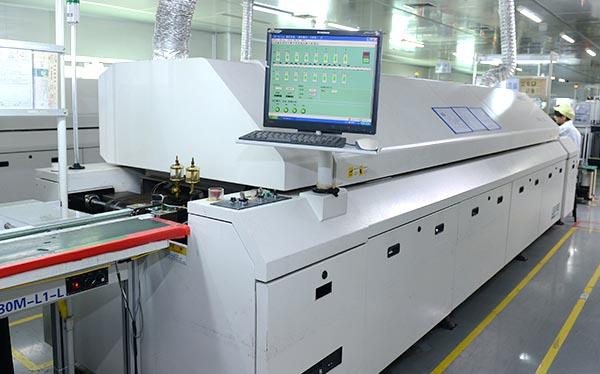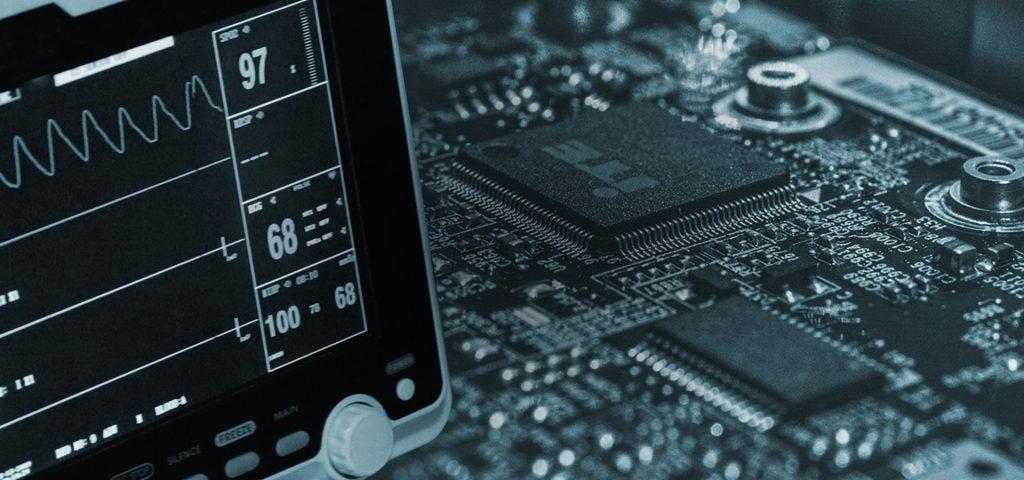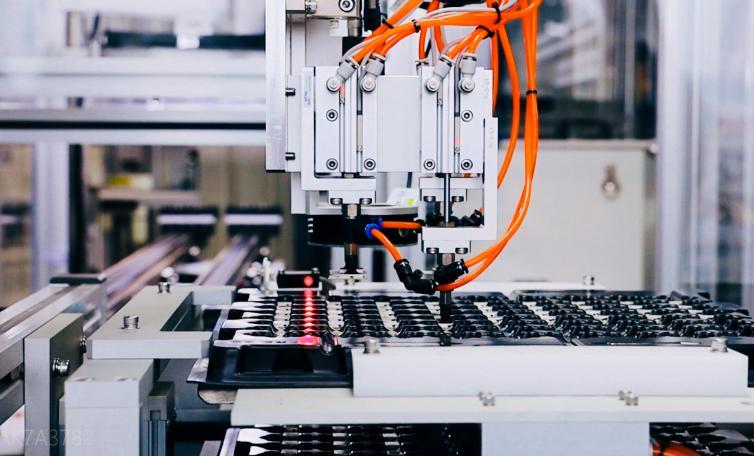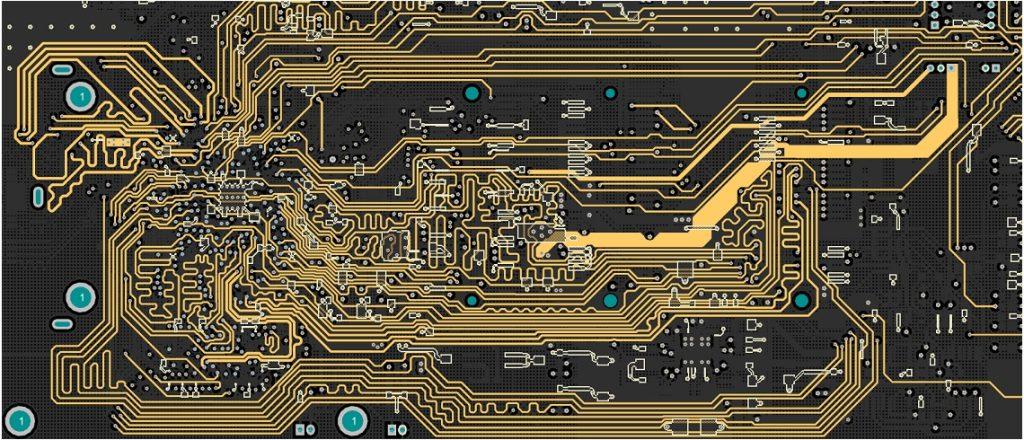- Factors to consider when designing and assembling medical PCBs:
- Overview of medical PCB assembly standards and specifications:
- International Telecommunication Commission
- FDA
- Quality Management System for Medical PCB Assembly
- Work with us
The reliability and safety of medical PCB assemblies are critical, as they directly affect human health. This is one of the most critical applications and requires the best PCB performance. In the medical device manufacturing industry, it is mandatory to set strict regulatory standards.
These standards also apply to the printed circuit boards used in medical devices. They control how PCB manufacturing is done and how PCBs are built, documented, tracked, and evaluated throughout the process. Different regulatory bodies have developed their own standard rules. The Printed Circuit Board Institute (IPC), now known as the Association for Connecting the Electronics Industry, the International Organization for Standardization (ISO), and the U.S. Food and Drug Administration (FDA), are some of the standard organizations followed by medical PCB manufacturers.

Factors to consider when designing and assembling medical PCBs:
- Consistency:The primary requirement for medical PCBs is to provide reliable output every time they are used, as it affects human life. Therefore, accuracy is an important factor in designing a medical PCB.
- Safety: Some medical devices can wear or implant tiny circuits in the body. Protecting the patient from any hazards caused by extreme temperatures or vibrations is a fundamental requirement for medical PCB design.
- Convenience: User-friendliness is an essential factor while designing a medical PCB. The accessibility and durability of the product have a significant impact and must be considered here.
- Lifespan: On-board battery or power supply design must be done efficiently to ensure the long life of the medical device. Understanding the common failure points of the device and designing a robust product can increase the life of the device.
Overview of medical PCB assembly standards and specifications:
Medical devices are used for various healthcare purposes, such as monitoring, diagnostics, surgical procedures, etc. The regulatory requirements for these designs are very stringent. However, some basic PCB assembly standards should also be followed along with specific guidelines. Regulatory bodies such as the International Electrotechnical Commission, the International Organization for Standardization, and the U.S. Food and Drug Administration have proposed many regulations for medical PCBs. We will discuss these issues below.
International Telecommunication Commission
Associations that connect the electronics industry publish standards for the assembly and production of electronic products. Some of the standards related to PCB assembly are as follows:
- IPC-A-600: This standard describes the objectives and acceptable and non-conforming conditions for printed circuit boards. IPC-A-6012: This standard specifies the performance and qualification requirements for manufacturing rigid PCBs.
- IPC-A-610: This is the most commonly used inspection standard to regulate the acceptability of electronic components.
- IPC-A-620: This standard recommends operating procedures and requirements for cable manufacturing and cable and wire harness assemblies.
- IPC-A-630: This standard is acceptable for the fabrication, inspection, and testing of electronic enclosures.
- The ISO 9000 standard provides detailed quality and reliability requirements for designing, fabricating, and testing PCBs. Original equipment manufacturers (OEMs) should be certified to the ISO 9000 standard to ensure the safety and functionality of medical devices.
FDA
The FDA has a Center for Medical Devices and Radiological Health responsible for approving medical devices by overseeing their manufacture, function, and safety. FDA regulatory requirements for medical device manufacturing and quality systems are outlined in 21cfr820.
These are common standards followed by original equipment manufacturers and contract manufacturers who produce medical printed circuit boards for the healthcare sector. To focus on the quality and reliability of medical devices, ISO has published a standard for quality management in the construction of medical PCB assemblies.

Quality Management System for Medical PCB Assembly
Iso13485 describes the basic principles of quality management systems defined by the iso9001 standard for designers and manufacturers of medical devices. It provides a detailed list of design, development, testing, traceability, and documentation requirements during production.
This is a very important standard for medical PCB manufacturers, which sets specific requirements for the reliability and quality of medical devices. It sets specific standards for manufacturers to track materials and establish documentation processes. Some of the important aspects of ISO 13485 are listed below:
First, all manufacturing steps must be documented in detail to ensure that medical PCB assemblies and products can be performed as specified.
Second, it ensures that risk management and design control processes are in place for medical PCB assembly.
Third, the standard requires medical PCB manufacturers to develop audit systems to track their performance during the process.
Finally, manufacturers must be fully aware of other regulatory requirements, which ensure that they can better meet the requirements of regulatory agencies.
By following these standards, medical PCB suppliers can assure regulators and customers that their internal systems and processes are compliant and that the quality of their medical PCB components is top-notch.
ISO 13485:2016 is the latest version of FDA quality compliance. Medical PCB manufacturers benefit significantly by implementing this standard, guaranteeing product safety and quality.
CMs certified to this standard can bring additional advantages. They have a clear understanding of product requirements and prevent common manufacturing errors. They follow a transparent audit process to ensure high quality. Well-maintained documentation that tracks all materials and components can prove important, as a certified CM understands the recall process for materials or components in medical device manufacturing.
Successful compliance with iso13485 standard requirements depends on the quality of the CM’s processes. Medical board manufacturers must seek CM support during the design and development process.
To fully comply with iso13485, optimizing board manufacturing through precise component selection is necessary. Choosing the right common mode is crucial while building medical circuit boards after completing the medical PCB prototype. Regulatory standards are followed in testing depending on the type of medical devices, such as an implantable or diagnostic device.
ISO 13485 ensures risk management, design control, process analysis, and quality control documentation. Certified CMs shall implement traceability and audit systems by quality management guidelines. They should monitor inputs and outputs at each production stage to assess quality. Working with a qualified CM will ensure that the required compliance for medical PCB assembly is achieved.
Work with us
Working with us allows you to not worry about quality; on the one hand, our products comply with various regulations and standards, including IPC, ISO13485, and ISO 9001. On the other hand, we have strict quality control processes and 100% pre-delivery testing to ensure that each PCBA is high quality.



